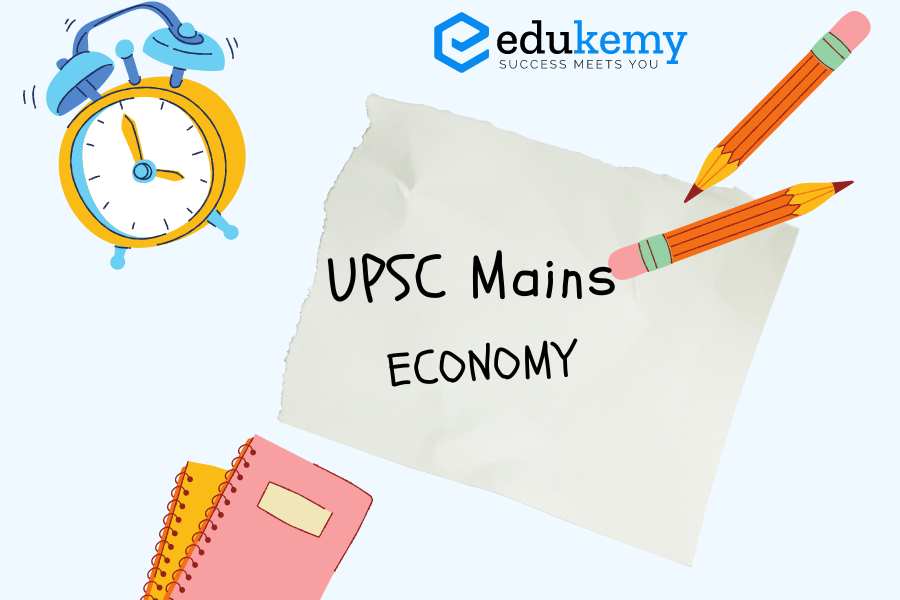
Introduction:
The 21st century has ushered in a transformative era in international trade, marked by the ascendancy of expansive regional trade blocs. Entities like the European Union, ASEAN, and NAFTA have become pivotal players in shaping global economic dynamics. Regional trade blocs, characterized by economic alliances among neighboring countries, are instrumental in fostering trade cooperation through the reduction of barriers.
Body:
The Increasing Prevalence of Regional Trade Blocs:
- Trade Creation and Diversion: The establishment of the European Union (EU) significantly augmented intra-EU trade, shifting from 25% in 1990 to approximately 68% by 2023, showcasing a pronounced alteration in trade patterns favoring member nations.
- Economic Integration: Efforts towards economic integration within ASEAN led to a notable increase in intra-ASEAN trade, growing from 19% of total trade in 1990 to around 24% by 2023, illustrating success in harmonizing regulations and reducing trade barriers.
- Complex Global Supply Chains: NAFTA’s influence on supply chains is evident in the substantial growth of U.S. imports from Mexico, surging from $40 billion pre-NAFTA in 1994 to over $346 billion by 2023, signifying the evolution of intricate global supply chains.
- Challenges to Non-Members: Comprehensive and Progressive Agreement for Trans-Pacific Partnership (CPTPP) poses challenges for non-members; for instance, Vietnam’s exports to CPTPP nations increased significantly in 2023 compared to exports to non-member countries.
- Impact on Global Governance: The African Continental Free Trade Area (AfCFTA), with 54 member countries, challenges traditional global governance models, emphasizing regional cooperation and potentially diverting from the influence of global bodies like the WTO.
India’s Current Position in International Trade:
- Trade Balance: India faced a trade deficit of approximately USD 266.78 billion in the fiscal year 2022-23, influenced by significant imports of commodities such as oil, gold, and machinery.
- Major Trading Partners: As of 2023, the United States and China are crucial trade partners, contributing significantly to India’s total trade. Bilateral trade with Bangladesh, Sri Lanka, and countries in the European Union and the Middle East is valued at billions of dollars.
- Exports and Imports: Pharmaceuticals, software services, textiles, and chemicals constitute major exports, while crude oil, machinery, electronic goods, and precious metals are significant imports.
- Services Sector: India’s services sector, particularly IT services and BPO, plays a crucial role in the economy. In the fiscal year 2022-23, the total export of services was approximately USD 322.72 billion.
Evaluation of India’s Existing Trade Policies and Agreements:
- Bilateral Agreements: India has bilateral trade agreements with numerous countries, including the United States, ASEAN nations, and Gulf countries, aiming to boost economic cooperation by addressing tariff and non-tariff barriers.
- Regional Trade Agreements: The South Asian Free Trade Area (SAFTA) promotes intra-regional trade among South Asian countries, with trade valued at USD 65 billion in 2022-23.
- World Trade Organization (WTO): India proposed reforms to the WTO in 2022 to address issues related to intellectual property rights and the global trading system.
- Comprehensive Economic Partnership Agreements (CEPA): India has CEPA agreements with Japan and South Korea, aiming for a balanced economic relationship.
- Goods and Services Tax (GST): The implementation of GST has streamlined India’s tax structure, contributing to improved ease of doing business.
Impact on Indian Economy:
- Increased Trade Opportunities: India’s participation in regional trade blocs, such as the India-ASEAN Free Trade Agreement, significantly boosts trade, fostering economic growth.
- Diversification of Markets: Joining trade blocs allows India to diversify exports, reducing reliance on major markets.
- Efficiency Gains and Productivity Improvement: Participation in regional trade agreements, like SAFTA, drives efficiency gains, fostering economic productivity.
- Attraction of Foreign Direct Investment (FDI): Integration into regional markets attracts foreign investment, contributing to economic development.
- Supply Chain Integration: Trade blocs facilitate supply chain integration, aiding the growth of interconnected trade networks.
- Technology Transfer and Innovation: Collaboration within trade blocs promotes technology transfer, fostering innovation.
- Impact on Small and Medium Enterprises (SMEs): SMEs benefit from easier market access within trade blocs, encouraging their growth and participation.
Challenges Faced by India:
- Trade Imbalances: India may face trade imbalances in regional blocs, necessitating a focus on balancing exports and imports.
- Harmonization of Regulations: Harmonizing regulations within regional blocs becomes crucial for seamless trade operations.
- Competitive Pressures: Indian businesses must enhance competitiveness to thrive amid more advanced economies within the bloc.
- SME Participation: Compliance with new regulations and navigating complex trade procedures can limit SME involvement.
- Infrastructure Constraints: Inadequate infrastructure hinders seamless goods movement, requiring upgrades for optimal regional integration.
- Adaptation to Digital Trade: Enhancing digital infrastructure and addressing cybersecurity is crucial for India’s digital trade integration.
Conclusion:
India finds itself at a crossroads in navigating the evolving trade regime dominated by large regional blocs. Overcoming challenges through strategic policies, infrastructure investments, and SME support is imperative for India not only to adapt but also to thrive in this new era of regional trade dynamics. Proactive measures and a robust policy framework will be key to securing India’s position amidst the changing global economic landscape.

In case you still have your doubts, contact us on 9811333901.
For UPSC Prelims Resources, Click here
For Daily Updates and Study Material:
Join our Telegram Channel – Edukemy for IAS
- 1. Learn through Videos – here
- 2. Be Exam Ready by Practicing Daily MCQs – here
- 3. Daily Newsletter – Get all your Current Affairs Covered – here
- 4. Mains Answer Writing Practice – here

